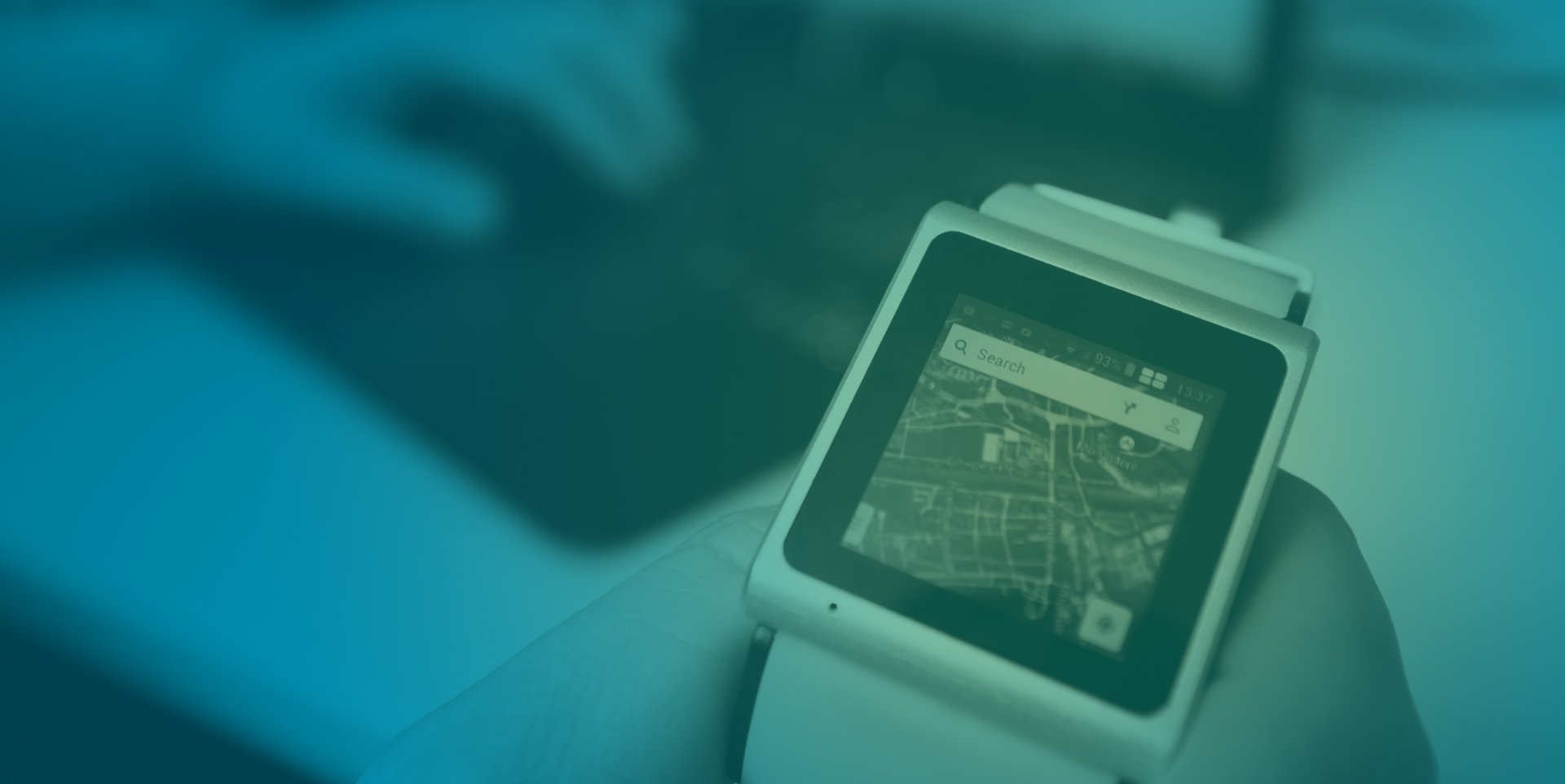Axe Santé: SORTIE, how virtual reality can save lives

The Axe Santé is an interdisciplinary center for the development of sustainable healthcare technologies that brings together all the research institutes of the HES-SO Valais Wallis. We caught up with Davide Calvaresi, Scientific Assistant at the Institute of Informatics, to talk about the project he has been working on for several months: SORTIE, which simulates the exit from a building in the event of a disaster or incident.
Davide Calvaresi confides that he grew up not far from his grandparents, and that he was struck by the many difficulties encountered by elderly, physically or cognitively frail people in their day-to-day activities. That's why he decided to put his IT skills to good use in the healthcare sector. In fact, his Master’s thesis focused on technologies capable of supporting the elderly in the last years of their lives. So, it's hardly surprising that he's now working at the AIS-Lab (Applied Intelligent Systems Lab) in the field of eHealth.
SORTIE, the project supported by the Axe Santé and currently being run by the Institute of Informatics, uses virtual reality goggles to simulate a dangerous situation in a building: fire, flood, earthquake... Would we be able to get out of the building safely by following the evacuation signals? This was the question that occupied researchers at the Institute, accompanied by colleagues from the Living Lab Handicap, Emmanuel Fragnière and Benjamin Nanchen. Thanks to plans drawn up by building engineer Emanuele Gagliardi, which reflect real-life standards in terms of distance from objects, size of spaces and room brightness, the team was able to set up a full-scale simulation to test the behavior of a person with or without a disability in an existing structure or one under construction.
Two hospitals took part in the project: an American hospital and the future health center of the Hôpital du Valais in Sion. The latter, still under construction, allowed the team to imagine that the SORTIE project could one day be used to test a structure before its completion, and to propose corrective measures or improvements to emergency exits and alarm systems. Among other things, the project tested the behavior of people with mobility difficulties, visual impairments, and wheelchair users. This interdisciplinary project benefited from the collaboration of Emmanuel Fragnière, Professor at the Tourism Institute, and the Living Lab Handicap coordinated by Benjamin Nanchen, Scientific Assistant at the same institute, and was tested in real-life conditions during a cantonal-level exercise. SORTIE drew lessons from the tests carried out to better understand needs in terms of visual or auditory signals and access to emergency exits. The project ensured that what was visible in the simulation corresponded to reality, particularly when certain emergency exits were no longer available due to a fire.
The SORTIE project aims to improve building evacuation systems and train people's behavior in the event of danger. Tests carried out in virtual reality have reduced by 70% the time it takes to get out of a disaster-stricken building. It seems that this type of virtual training serves to put people in condition and is more productive than a simple building evacuation test. Davide Calvaresi, who is in charge of the project, seems very optimistic about the future. He says that coordinating the system design, IT technicians and hospital respondents has enabled him to gain important insights. Organizing focus groups, reviewing the literature, managing technical developments, and coordinating testing were all stages in setting up this process, which could ultimately save many lives.
